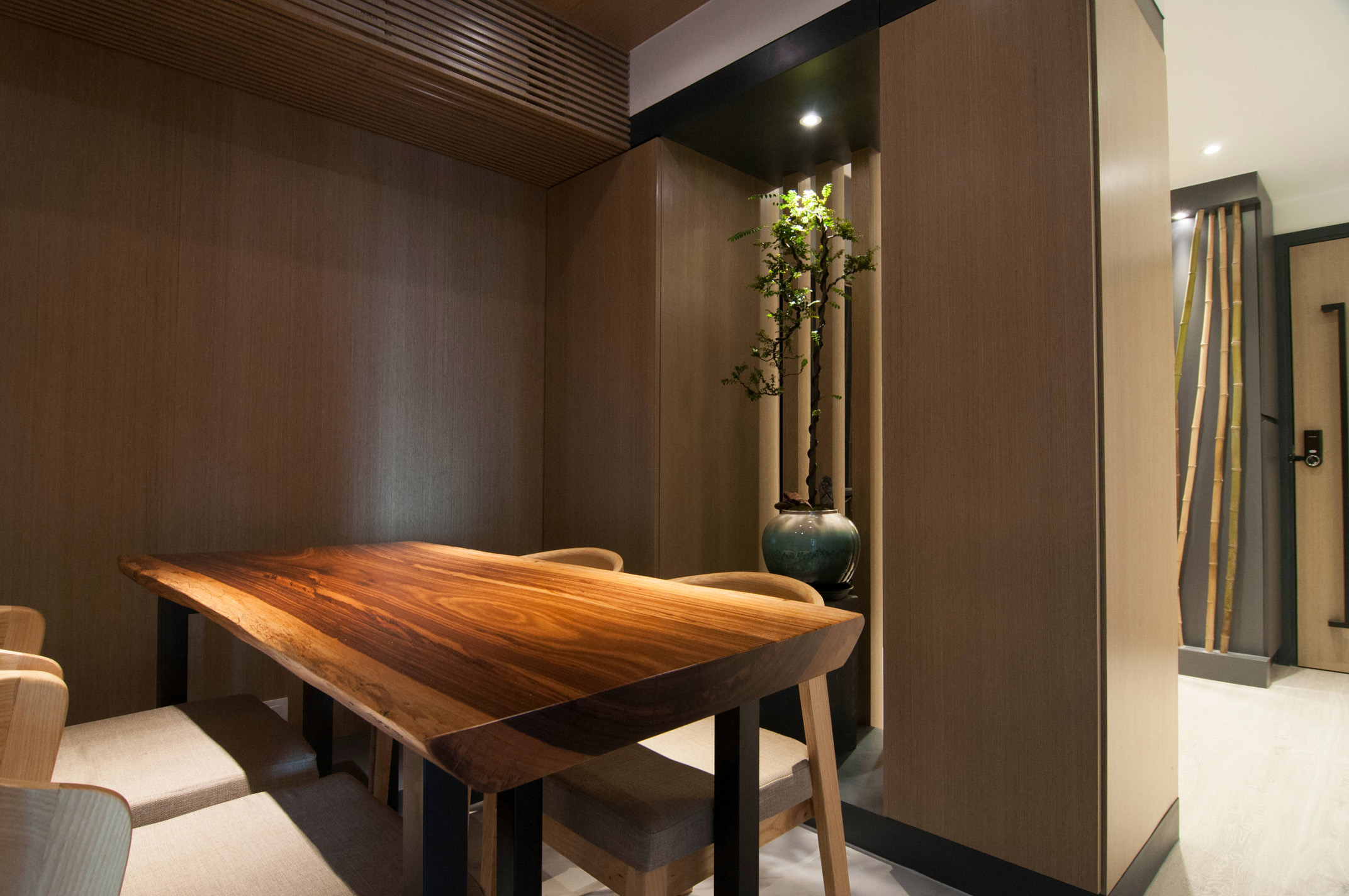SERVICE PROCESS
01. Contact clients’ & understand their needs and budget
Base on the clients’ expectation to the renovation and provide a preliminary quotation
02. Client to visit existing project sites
Clients can understand more about the quality of work of our company and the budget by visiting our company’s existing project sites.
03.Official onsite measure & design
Based on the onsite measurements, our company will design and provide floor plan drawings, computer effect image, quotation and recommended materials, etc for client’s better understanding.
04. Apply for renovation (refurbishment)
Complete application -> Deposit -> Generate design (elevation, perspective and layout) -> Material selection
05. Renovation
Commencement of the renovation
06. Cleaning & maintenance
We will provide basic cleaning and 1 year warranty (excluding any man-made damage) after completion.
WORKFLOW DETAILS
| DEMOLITION PROCESS |
|
| ELECTRICALS & PLUMBING WORK |
|
| ALUMINIUM WINDOW PROCESS |
|
| AIR CONDITIONER WORKS |
|
| PLASTER & PAINTING WORK |
|
| WOOD WORKS |
|
| PLASTER & PAINTING PROCESS |
|
| CLEANING & MAINTENANCE |
|
